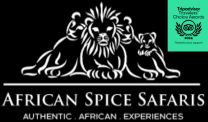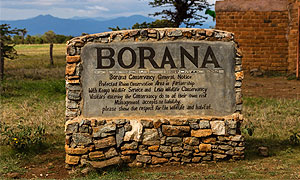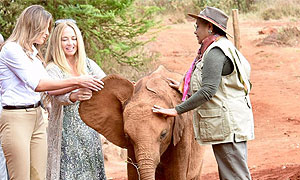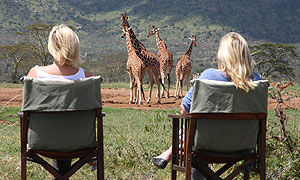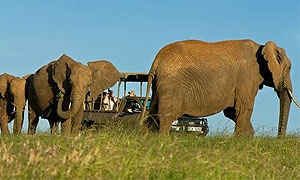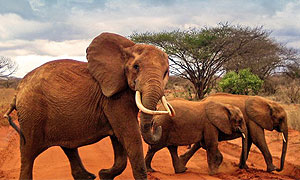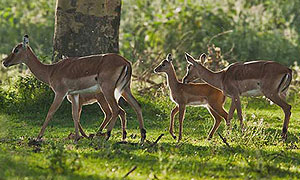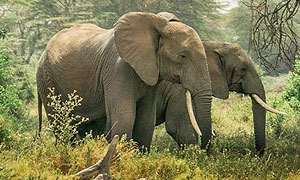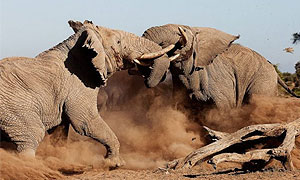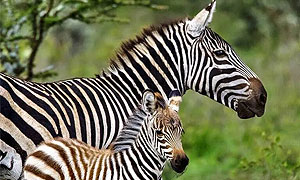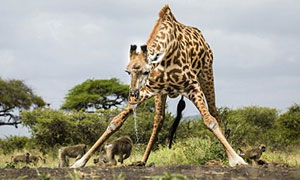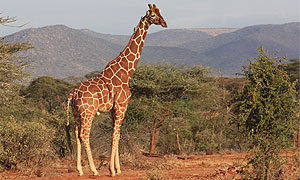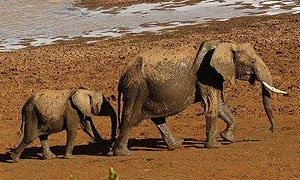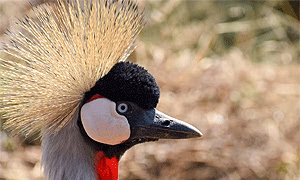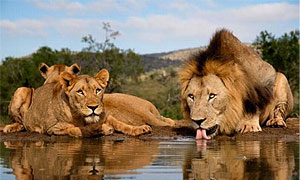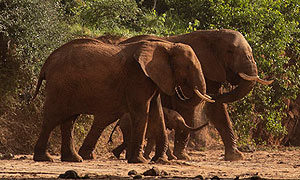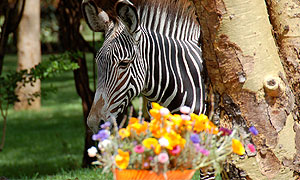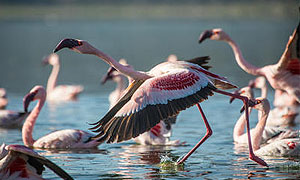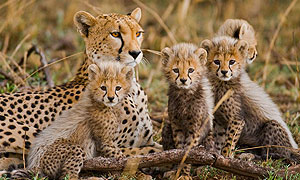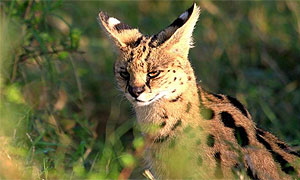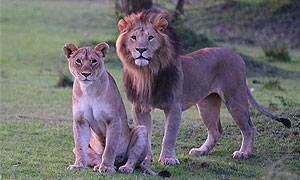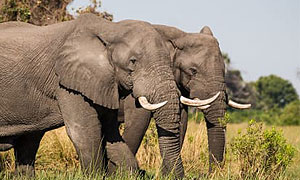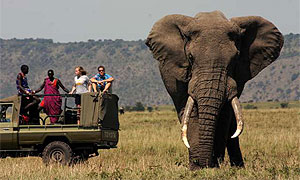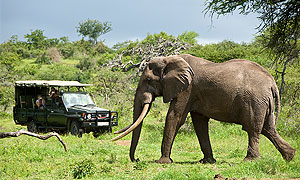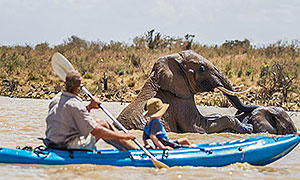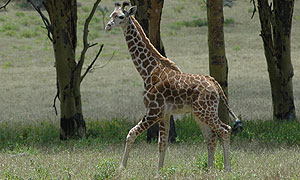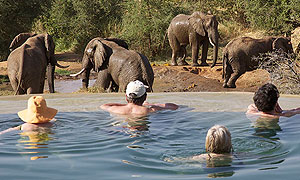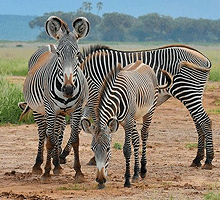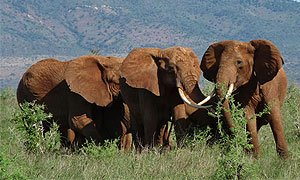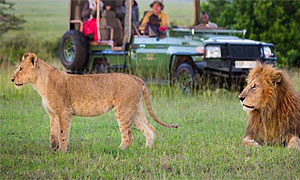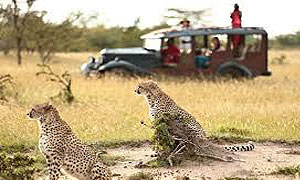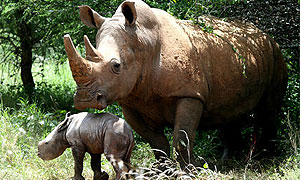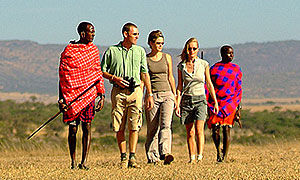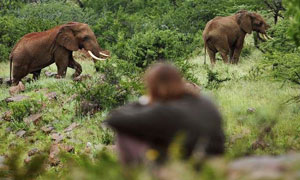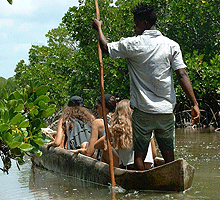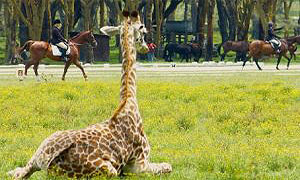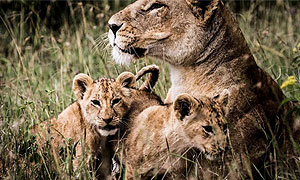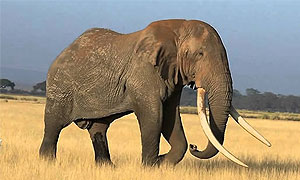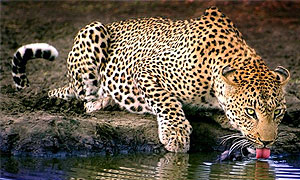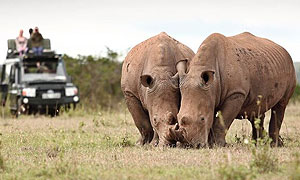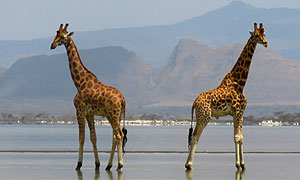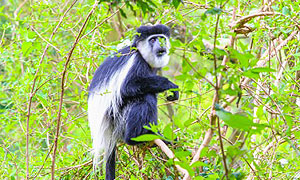Kenya Wildlife Conservancies & Wildlife Sanctuaries
Kenya Wildlife Conservancies are land managed by an individual landowner, a body or corporate, a group of owners, or a community for purposes of wildlife conservation and other compatible land uses to better livelihoods. Kenya has 4 types of conservancies which include Community conservancies, Group Conservancies, Private Conservancies, and Co-Managed Conservancies.
Community Conservancies are conservancies established by a community on community land. These include Melako Conservancy, Malkahalaku Conservancy, Lokichar, and Oldonyo Waus Conservancy located within Imbirikani in Amboseli.
Group conservancies are a conservancy created by the pooling of land by private landowners who share a common border for the purpose of wildlife conservation. These include Mara North Conservancy, Pardamat Conservation Area, and the Mara Nabosho Conservancy.
Private Conservancies are conservancies set up on private land by a private individual or corporate body for the purpose of wildlife conservation. These include Laikipia Nature Conservancy, Ol Pejeta Wildlife Conservancy, Rukinga, and Lentolia Farm private conservancy.
Co-Managed Conservancies are arrangements between a government agency/authority and a community or private person/persons to conserve specific public land.

Kenyan Wildlife Conservancies: there are 160 conservancies presently.
Kenya Wildlife Conservancies
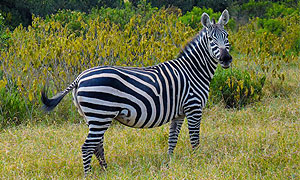
Crater Lake Game Sanctuary, Naivasha - Kenya
Crater Lake Game Sanctuary Naivasha is located 6 miles (10 km) from Naivasha town and about 56 miles (90 km) from Nairobi. This is a small private sanctuary centered around a small, saline-alkaline lake called Crater Lake (also called Sonachi) to the immediate west of Lake Naivasha and north of the village of Kongoni. The alkaline lake changes from blue to emerald green and back again with each passing hour, and is the nesting place for a myriad of birds – majestic fish eagles, busy weavers, cheeky robin chats, as well as ibis, kite, ducks, sunbirds, fire finches, and the tiny and colorful cordon bleu. Animals include giraffes, eland, bushbuck, jackal, baboons, colobus and vervet monkeys, hyenas, warthog, hippos, dik-dik, kongoni, duiker, serval, aardvark, badgers or even leopard. Crater Lake Game Sanctuary accommodations include Crater Lake Lodge. Things to do at Crater Lake Game Sanctuary include Escorted game walks, Boating on the lake, Horse riding, Day & Night drives, Bird walks, Stargazing, Crater rim sundowners, Candlelit “lake dinners”, Historical tours, or do absolutely nothing.
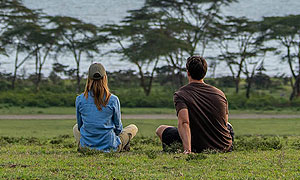
Crescent Island Game Sanctuary
Crescent Island Game Sanctuary is located in Lake Naivasha about 93 km (58 miles) northeast of Nairobi. The park is located in the middle of the lake with miles of walking trails and abundant wildlife that provides a 360-degree view of Mt. Longonot to Hell’s Gate to the Mau Escarpment to Eburu and onto the Aberdares, the view simply blows your mind away. Surrounded by Lake Naivasha a fresh air breeze throughout your adventure here is guaranteed. Among activities, visitors can do here includes; taking a walk among wild animals without fear of harm or danger. These include herbivores such as Defassa Waterbuck, Cape Buffalo, Wildebeest, Masai Giraffe, Burchells Zebra, Impala, Hippopotamus, Thompsons Gazelle, Grants Gazelle, Bat Eared Fox, Kirks Dik Dik, Vervet Monkey, Bushbuck, Silver Backed Jackal, African Rock Python and many birds such as goliath heron, spoonbills, and giant kingfishers. These animals were brought here to film Out of Africa and were left here to thrive. There are no predators on the island. Other activities include boat rides, photography, yoga/meditation, bird watching, team building, and, fishing and picnicking. The Crescent Island opens at 8.00a.m and closes at 6.00 p.m daily and their respective charges are applicable to each individual.
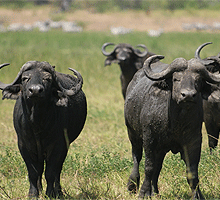
Kipini Wildlife Conservancy
Kipini Wildlife Conservancyy is located on the coast in the eastern part of Kenya. It resides in Lamu and Tana River districts but is connected ecologically with Ijara District.
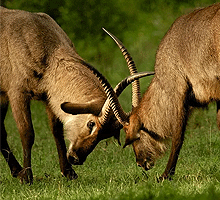
Kilimandege Sanctuary Naivasha
Kilimandege Sanctuary is located on Moi South Lake Road in Naivasha between Longonot Farm and Simba Lodge. The private sanctuary covers an area of 88 acres and boasts over 350 species of birds and animals such as giraffes, zebra, waterbuck, and gazelle. The Kilimandege Sanctuary is proud to also be home to the Kenya Bird of Prey Trust. Kenya has over 70 diurnal birds of prey (raptors) in addition to 19 nocturnal birds of prey (owls). These include the smallest Pygmy Falcon to the mighty Crowned Eagle and Verreaux’s Eagle. Today the Trust has in its care roughly 40 birds. Six species of vultures are classed as critically endangered. Threats to birds of prey in Kenya range from electrocution by powerline poles, habitat destruction and fragmentation, and persecution and poisoning. When you visit Naivasha Raptor Centre you will have a unique opportunity to learn about the amazing birds of prey across East Africa, their habitats, the threats they face, and what can be done about it. You are guaranteed to form a whole new attitude toward vultures by the time you leave. The Naivasha Raptor Centre is open to visitors daily at 1100 hours and 1500 hours (by appointment only). Activities in the sanctuary include guided game walks, sun-downers, massages, manicures and pedicures, relaxation at Otters guesthouse or Kilimandege guest house.
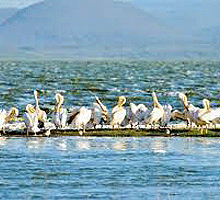
Lake Elementaita Wildlife Sanctuary
Lake Elementaita Wildlife Sanctuary. The sanctuary is a bird's haven. It is An Important Bird Area, a Ramsar site, and a World Heritage Site. (IBA) is a site that provides essential habitat to one or more species of breeding, wintering, or migrating birds. The sanctuary has some hot water springs. It is accessible through two gates namely Pelican Gate along the Nairobi - Nakuru Highway and Maji Moto Gate along Kikopey – Elementaita Road.
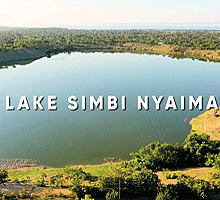
Lake Simbi National Sanctuary - Lake Victoria Kendu Bay, Kenya
Lake Simbi National Sanctuary is a small volcanic crater soda lake situated outside Kendu Bay, close to the shore of Lake Victoria and 70 km from Kisumu Town. The sanctuary derives its name from Lake Simbi, a small alkaline crater lake with a radius of about 1km. The sanctuary is a prime site for seeing flamingos and also a seasonal landing place for flamingos during their migration from other places such as Lake Nakuru, Lake Bogoria, Lake Natron, and other Lakes in the Rift Valley. Both Lake Simbi and adjacent Odango sites support a substantial bird population that includes flamingos, little grebes, little egrets, and Egyptian geese, making it a haven for bird watchers. Despite its proximity to Lake Victoria, the small volcanic lake has no known inlet or outlet. This explains why it’s strikingly smelly. Activities at Lake Simbi National Sanctuary include bird watching (major activity in this sanctuary), a sacred bath in the Lake, nature walks, and boat rides. The Best Time to visit are the months of January, February March, April, May, October, and November are the ideal months for flamingo watching. Hotels located close to Kendu Bay town include Cold Springs Hotel, The Golden Rays Resort, Hotel Staridge, Homa Bay Tourist Hotel, ACK Guesthouse Homa Bay, Maria Condos, Caroline’s property, Enaiteru, Venus park, O's Serenity, Cool and Calm Homes, Dahlia Hotel and Accommodation.
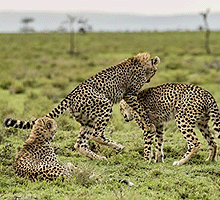
Mara Ripoi Conservancy - Masai Mara Game Reserve
Mara Ripoi Conservancy is a 13,500-acre wildlife conservancy belonging to about 1,600 local Maasai individuals from the community who have leased it out so that the area can be conserved as protected habitat for the teeming wildlife. The Mara Ripoi Conservancy has a large abundance of wildlife, especially the Maasai giraffe, and is an important area for wildebeest and big cats. The conservancy connects to Siana Conservancy and then directly to the Mara Reserve, allowing free movement of wildlife from the Reserve as well as across a wildlife corridor along the Ripole River to Ol Kinyei Conservancy. This has made Mara Ripoi a critical protected habitat connecting important and large wildlife areas and allowing free movement of elephants, lions, cheetahs, herbivores, and many other animals. Mara Ripoi Conservancy is home to only three small safari camps making this an exclusive experience. The camps are set up with a density ratio in mind, with each guest tent protecting 700 acres of wilderness. Apart from the 3 small eco-camps, no other tourist vehicles are allowed into the Conservancy so guests have the thousands of acres in the conservancy to themselves. Located within the Mara-Serengeti ecosystem, Mara Ripoi is renowned for its diverse landscapes and abundance of wildlife, including being excellent lion habitat.
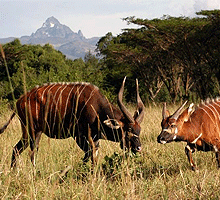
Mount Kenya Wildlife Conservancy - Animal Orphanage
Located within the Mount Kenya Wildlife Conservancy, the Animal Orphanage is a unique facility to give orphaned, injured, neglected, abused, or frightened wild animals a second chance. The Orphanage provides shelter and professional care with the aim of releasing these animals back into the wild where they belong. The Animal Orphanage is open daily from 10:00 am to 5:00 pm, where our experienced guides will give you a tour of the facility as you make new animal friends. The Animal Orphanage solely sustains its operations of the Animal Orphanage by charging an entrance fee and sales from the gift shop. Other activities within the Conservancy include; Horse Riding, bike riding, and Mountain Bongo Tracking. Mount Kenya Wildlife Conservancy (MKWC) is a non-profit trust dedicated to preserving the environment and the wildlife within. The Conservancy is located in Nanyuki, at the foot of the scenic Mount Kenya forest ecosystem, a UN World Heritage Site, and an important and rich biodiverse area. It is home to 28 different animal species, a population of roughly 1,200 different animals. The Conservancy's three main programs include a breeding and rewilding project for the critically endangered Mountain Bongo antelope, an animal orphanage, and a conservation education program.
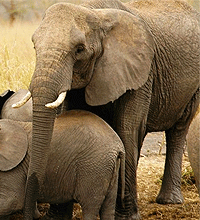
Mbulia Conservancy/Mbulia Group Ranch (on the eastern boundary of Tsavo East National Park)
Mbulia Conservancy is 48-sq-km and is one of the 28 ranches that form the Taita ranches. The ranch neighbors the Eastern boundary of Tsavo East National park and adjoins the southern side of the Upper Tsavo West segment. The ranch is the most critical dry-season habitat and migratory corridor for wildlife in the Tsavo Conservation Area. In December 2011, following five years of community work by Amara Conservation and local leaders, the community agreed to set aside 11,400 acres of Mbulia Group Ranch as a conservancy. Mbulia conservancy offers scenic landscapes and rolling green hills make for stunning vistas. From palm trees to baobabs, and a large diversity of different landscapes! There is abundant wildlife such as Oryx, elephants lions, leopards, wild dogs, rhinos, hippos, zebras and giraffes.
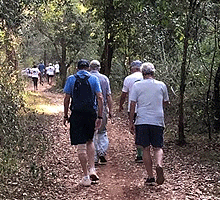
Ngong Forest Sanctuary
The Ngong Road Forest covers an area approximately three and a half times the size of New York City’s Central Park. The forest is divided by the Ngong Road into two main sections, the Miotoni Section to the North West and the Racecourse and Kibera section to the South East. These sections in turn are divided by the Southern Bypass. Located only 6 km from Nairobi’s central business district, the Ngong Forest is a precious resource for Kenya’s capital city. The Forest covers an area of 12 square km and is managed by the Kenya Forest Service and the Ngong Road Forest Association. The Ngong Forest Sanctuary has at least 100 different bird species, attracted by the over 350 species of indigenous and exotic plantations. Birds include the African Harrier Hawk, crows, ducks, owls, sparrows, doves, weavers, vultures, starlings, hoopoes, honeyguides, trogons, Narina trogons, crowned eagles, etc. There are over 35 species of mammals which include Bush Buck, Dik Dik, Duiker, Suni, Leopard, Hyena (spotted), Baboon, Vervet Monkey, Aardvark, Porcupine, Squirrel, and Tree Hyrax. Amphibians such as Toads and frogs, and reptiles such as tortoises, Lizards, and snakes. The forest attracts families, joggers, hikers, mountain bikers, and visitors searching for a slice of peace and quiet.
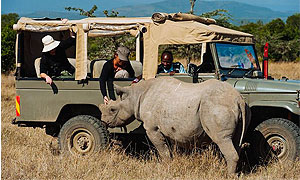
Ol Pejeta Conservancy
Ol Pejeta Conservancy, established in 1988, spans approximately 90,000 acres on the Laikipia Plateau near Nanyuki, Kenya, 217 kilometers north of Nairobi. The conservancy's diverse habitats include open plains, acacia woodland, and riverine areas, supporting a wide range of wildlife. The climate is consistent year-round, with moderate daytime temperatures. The dry season from June to October and December to March is the best time to visit, offering easier travel on dirt roads and fewer tourists outside of high-season months like July, August, and December. Visitors can reach Ol Pejeta by road, with a 3-4 hour drive from Nairobi, or by air, with daily flights to Nanyuki Airstrip, 45 minutes from the conservancy. Activities include game drives, night drives, meeting the last two northern white rhinos, participating in dog and lion tracking, and learning about wildlife-livestock integration. Walking safaris, running in the wild, and visits to the Chimpanzee Sanctuary are also popular. Accommodation options range from luxurious camps like Kicheche Laikipia Camp and Ol Pejeta Bush Camp to budget-friendly options like The Stables. Other notable accommodations include Ol Pejeta Safari Cottages, Pelican House, Porini Rhino Camp, Sanctuary Tambarare Camp, Sweetwaters Serena Camp, The River Camp, Maisha Sweetwaters Camp, Rift Valley Adventures Camp, and the historic Ol Pejeta House.
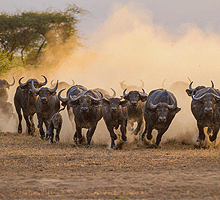
Shompole Conservancy
Shompole Conservancy is a large privately operated conservation area in the south of the Great Rift Valley, Kenya. It is located between Lake Magadi to the north and Lake Natron to the south, two alkaline lakes. The conservancy covers part of the 62,700 hectares (155,000 acres) Shompole group ranch. The Great Rift Valley wall borders the western side while to the east are the Shompole wetlands and further east is Lake Magadi, well known for its flamingoes and stunning colors. South is the Tanzanian border and also Lake Natron also an alkaline lake with flamingoes and stunning reds, pinks, greens, and yellow colors, just like Lake Magadi. This area is owned by the Maasai and they have set aside a conservancy that acts like a grass bank for the dry season for their cattle. However, there is plenty of wildlife in the area and it is well known for its night game drives. Wildlife includes giraffes, buffalo, elephants, and desert antelopes such as gerenuk and oryx. There are over 450 species of birds. The Conservancy has a dry climate, hottest in October and November and most likely to be wet in April and May.
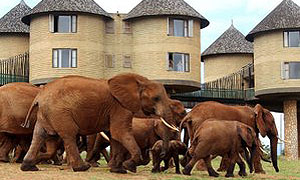
Taita Hills Wildlife Sanctuary
Taita Hills Wildlife Sanctuary, located in Kenya's Taita-Taveta County, is a notable private wildlife reserve established in 1972 by Hilton International. Covering approximately 28,000 acres (113 square kilometers), the sanctuary is adjacent to Tsavo West National Park and the LUMO Community Wildlife Sanctuary. The sanctuary is renowned for its diverse ecosystem, featuring over 50 species of large mammals and more than 390 bird species. Visitors can spot elephants, lions, leopards, cheetahs, zebras, giraffes, buffaloes, and various antelope species. The area's vegetation is primarily savanna woodland and grassland, interspersed with riverine forests, creating a rich habitat for wildlife. Accommodations within the sanctuary include the Salt Lick Safari Lodge, known for its unique stilted rooms and close-up wildlife viewing, and the Taita Hills Safari Resort & Spa, which offers modern amenities and picturesque garden views. Both lodges provide a range of activities, such as game drives, bird watching, guided walks, and cultural tours, ensuring a comprehensive safari experience. Conservation efforts at Taita Hills are robust, with initiatives focusing on biodiversity recovery, wildlife monitoring, and anti-poaching measures. The sanctuary also runs a wildlife education center to promote awareness and conservation education among visitors and the local community.
Taita Wildlife Conservancy
Taita Wildlife Conservancy is a remarkable 96,000-acre sanctuary in Kenya, located in Voi Sub County, Taita Taveta County, approximately 380 kilometers from Nairobi and 110 kilometers from Mombasa. The best time to visit is during the dry season from June to October, which offers optimal wildlife viewing as animals gather around water sources. Birdwatchers may prefer November to April, the migratory bird season, despite peak rains in November and March to April. Home to over 50 large mammal species and 300 bird species, Taita Wildlife Conservancy is a haven for the endangered Grevy’s zebra, African Sandalwood, Cape buffalos, and Elands. Birdlife includes marsh warblers, river warblers, red-backed shrikes, thrush nightingales, common whitethroats, and African eagles, providing breathtaking evening spectacles. Access is possible by road from Nairobi or Mombasa, by air via Moi International Airport or Voi Airstrip, or by SGR train to Voi station. Activities include bush walks, game drives, bird watching, community visits, and hiking up Kizima Hill for historical insights and panoramic views. Accommodation ranges from the eco-friendly Kivuko Eco Camp, offering views of wildlife at a waterhole and Mount Kilimanjaro on clear days, to campsites like Kivuko and Kizima, ideal for those seeking a closer connection with nature.
Booking & Reservations Kenya Wildlife Conservancies Contact
Mobile: + 254-780-242-711
WhatsApp: +254-721-242-711
Reservations: +254 718-179-967
Email: info@africanspicesafaris.com
Website: https://africanspicesafaris.com
